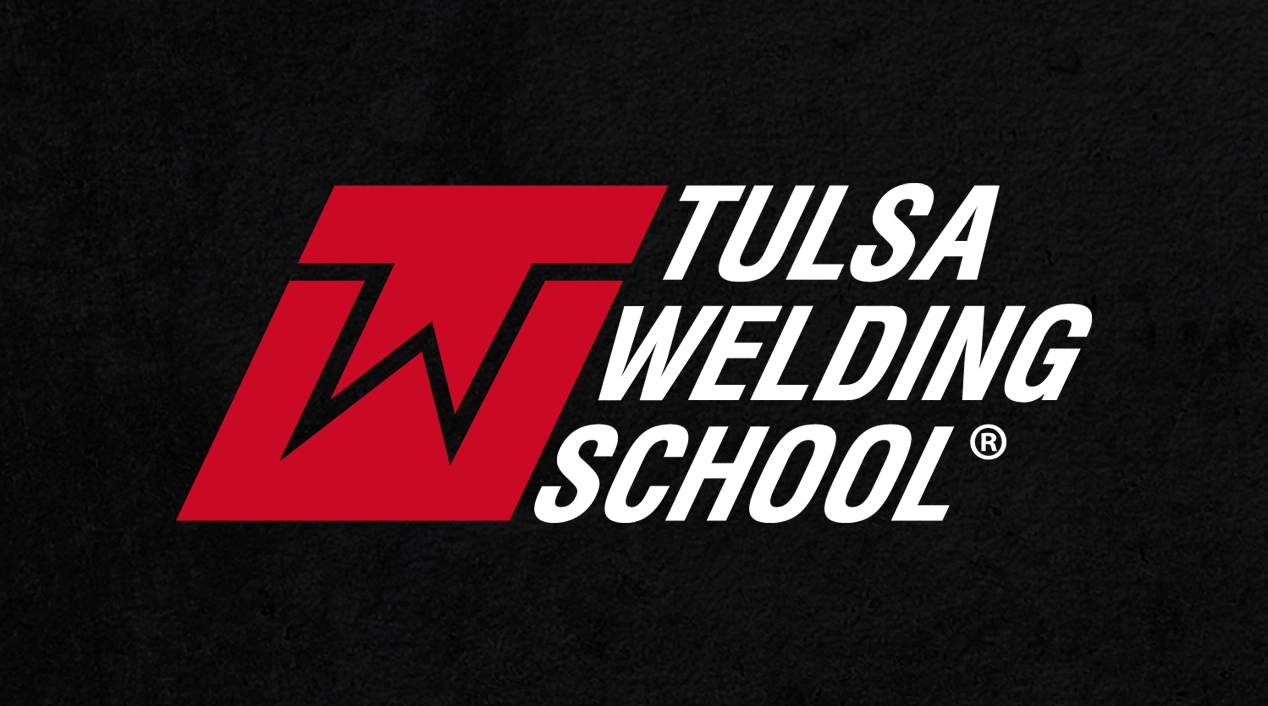TWS is a Great Training Option for Everyone
Learn more about how we can prepare you to advance your career.
Welders will likely be needed to rebuild America’s infrastructure in the coming years.1
If you want to play a part in keeping the country strong, now might be a good time to find out what is needed to start welding.
Here, we’ll take a look at the skills, tools and training that could be helpful for entering the field of metal fusing.
Have You Considered a Career in the Skilled Trades?
Fill out the form to recieve a no obligation info packet.
4 Tips for Getting Your Start as a Welder
As with any career, there are steps you can take that could make for a smoother entry into the welding industry.
1. Be Motivated to Learn
Individuals who are highly motivated can have a higher probability of seeking out educational opportunities on their own.
There can be two types of motivation: extrinsic and intrinsic. The reward of a competitive income would be an example of extrinsic motivation, while a desire for self-improvement would be categorized as intrinsic motivation.
So, you could have internal and external forces driving you to learn how to weld. The more motivated you are, the higher your chances of doing well could be.
2. Get the Right Welding Equipment
In order to fuse metal, you’ll want to have the right tools. Below is a list of 6 pieces of welding equipment most welders use on a regular basis.
1. Welding Machine
Having the correct welding machine can be essential to fusing a strong metal joint. Stick welders are popular among hobbyists because of their ease of use, but they can require many rod changes.
As a beginner, a MIG welder can strike a good balance between simplicity and convenience because you don’t have to stop as often as you typically would with a stick welder.
2. Wire Brush
Another important tool can be a wire brush. You can use it to clear away small bits of debris to ensure the weld doesn’t become damaged. It’s important to wait until the weld cools down before applying the wire brush.
3. Combination Wrench
This tool can tighten the welding pressure regulator on your gas supply. It’s a good idea to have two wrenches: one for the female connection and one for the male connection.
Protective Equipment
4. Welding Clamp
To get started off on the right foot in your welding career, it’s advisable to have around 10 welding clamps. These tools can be useful in countless projects to secure metal pieces before the welding begins.
5. Welding Helmet
A must-have piece of protective gear for new welders is a welding helmet. Although there are different kinds, an auto-darkening helmet is among the most advanced, allowing the beginner welder to easily see his or her workpiece before striking the arc. They can be less frustrating to use than traditional helmets with solid shades and enable greater precision when welding.
6. Welding Gloves
While a helmet is needed to shield your eyes and head, welding gloves are essential to protecting your hands.
Thicker gloves are great for beginners, although there are thinner options for more precise applications. With welding temperatures sometimes reaching 10,000-degrees Fahrenheit, a thicker pair of gloves can be a great place to start.
3. Gain Important Welding Skills
There are a variety of skills that could benefit you when venturing into the welding trade. If you’re able to stress your abilities, employers might be more willing to consider you for relevant positions.
Here are some key welding skills and abilities:
- Handle tools.
- Calculate dimensions.
- Stick to welding safety
- Have good hand-eye coordination.
- Cut and trim metal pieces to specifications.
- Set up machines.
- Use fillet and butt weld gauges.
- Read blueprints.
4. Complete a Welding Training Program
Requirements can vary between employers, but having a GED or high school diploma can help those who want to start welding.
Welding training can offer a variety of advantages for men and women interested in pursuing a career as a professional welder. In welding school, you can receive instruction in core welding processes:
- Arc welding
- Shielded metal arc welding
- Gas metal arc welding
- Gas tungsten arc welding
Another major benefit of welding training is that employers tend to prefer applicants who’ve completed a postsecondary welding program. So, your job prospects could be better with this credential.2
Take Your First Step Toward a Career in Welding
If you’re already motivated to become a welder, Tulsa Welding School could help you with getting the welding training, tools and skills to enter the field.
Reach out to a rep today. Call 855-237-7675 to see how soon you could get into our welding lab and start practicing.
1https://www.bls.gov/ooh/production/welders-cutters-solderers-and-brazers.htm#:~:text=Employment
2https://www.bls.gov/ooh/production/welders-cutters-solderers-and-brazers.htm#tab-4
This blog has been labeled as archived as it may no longer contain the most up-to-date data. For a list of all current blog posts, please visit our blog homepage at https://www.tws.edu/blog/







